by Joss Winter
7 minute read
This month, North Kesteven District Council in Lincolnshire is implementing new charges for what is still often referred to as “Schedule 2” waste. That’s the name given to waste from properties such as schools, churches and care homes, which is classified as “household waste”, but which councils are allowed to charge for collecting. With many councils looking for every opportunity to raise revenues to fill the gap left by declining central government support, will other’s be following suit?
North Kesteven was unusual in giving “Schedule 2” premises free collections, but it seems that many councils have not yet examined in detail whether they should be changing their charging system to reflect their current charging powers.
Change of schedule
The name “Schedule 2” waste refers back to the 1992 Controlled Waste Regulations (CWR), in which Schedule 2 set out types of household waste for which waste collection authorities (WCAs) can make a charge for collection. When the CWR 1992 were replaced by a new set of Regulations in 2012, Schedule 2 was incorporated into a long and difficult to reference Schedule 1. One of the key changes made by the new Regulations was to allow local authorities to charge some types of premises – including charities, prisons and schools – for the disposal, not just the collection, of household waste. The idea was to make waste producers financially responsible for their waste, and to enable councils to give them a financial incentive to recycle.
Because this chargeable waste is household waste, under S.45(1)(a) of the Environmental Protection Act 1990, WCAs have a duty to arrange for its collection in their local area, unless they are satisfied that proper alternative arrangements have been made. That’s different from commercial waste, which (under S.45(1)(b)) WCAs are only obliged to collect if requested to do so.
Despite the new charging powers, many councils have continued to charge “Schedule 2” waste producers for collections only, and in the five years since the CWR 2012 took effect will have footed a hefty bill for disposal costs. The Landfill Tax has increased the cost of disposal substantially since the 1992 Regulations were introduced, and was more than £20 per tonne lower in 2012 than it is today, so many councils are bearing a growing burden. Should they be changing how they charge?
Schools out?
Unfortunately, there is some ambiguity in the law, at least as it applies in England. During its consultation on the CWR 2012, the Government found that the way schools pay for disposal and collection of their waste differed greatly across local authorities: some state schools already had delegated budgets and arranged for their own waste collections, while others received free or low cost collections from the council. In its response to consultation it therefore said:
“Our intention is to legislate to support an interim position, reflecting existing practice. Those publicly-funded schools and Further Education colleges which currently benefit from free waste disposal immediately prior to the Regulations coming into force will continue to be exempt from waste disposal charges levied by the local authority.
Those schools and Further Education colleges using commercial providers and therefore currently paying full cost of waste collection and disposal will not benefit from this exemption. In addition, non-publicly funded schools will not benefit from this exemption.”
This exemption duly appeared in Section 4(8) of the CWR. However, the Explanatory Memorandum complicated matters by saying the exemption was intended:
“to minimise the impact on publicly-funded schools and further education colleges, and to ensure that no new burdens are placed on them before the next Spending Review period”.
That suggests a time-limited arrangement, subject to review in the future. However, no such review has taken place, meaning whether a school can be charged for disposal depends on whether it was receiving low cost collections in 2012.
In some council areas, that might be fairly straightforward to interpret. Perhaps the council was collecting from every publicly funded school; perhaps all schools had delegated budgets and were buying in services from the private sector. But in scenarios where schools had delegated budgets, and some bought services from the council while others used private contractors, keeping track of who is entitled to free disposal could become tricky – especially if schools change premises, or merge with one another. Councils in such areas need to make sure they know who is entitled to keep receiving free disposal.
Principle of charity
The 2012 Regulations also add complexity to collecting waste from charities. Under the CWR 1992, all charity premises were classed as producing household waste. They could be charged for collection, but qualified for free disposal. However, the 2012 Regulations separated them based on the nature of their operations.
Most premises (e.g. offices) operated by charities were reclassified as producing commercial waste. However, charity shops receiving donations from local residents continue to be classed as producing household waste. They can still be charged for waste collection but can only be charged for disposal “to the extent that the waste originated from non-domestic property”. Proposals to ask charity shops to monitor where their donations come from were discussed in the response to consultation, but did not make it into the legislation or explanatory note, so it is unclear how a council would monitor or enforce this in practice.
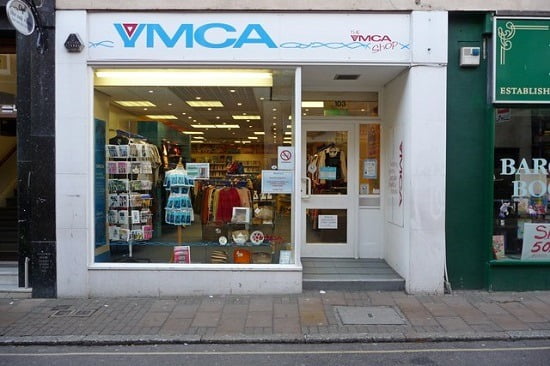
It’s fun to pay at the YMCA? The rules around charging charity shops for waste collection remain confusing. Photograph by Roger A. Smith (CC BY-SA 2.0), via Geograph.
Thankfully, one clear switch was made in the 2012 Regulations. They gave WCAs the power to charge disposal costs for waste generated in prisons, where previously only collection could be charged for.
Charging ahead?
Whilst the 2012 Regulations give WCAs the chance to increase their income by introducing disposal charges, there are a number of factors they may wish to consider before implementing a change in policy. These suggestions are also relevant for councils that don’t currently charge for Schedule 2 collections at all.
One is political: a change of policy that means taking money from schools, charities and prisons may attract negative publicity, and might not play well with local councillors. And if school budgets have to be topped up to pay for the extra costs schools will bear, this will look like a bit of a money-go-round. Members will need to know that there are benefits that make the pain worthwhile.
Another issue is fairness: quite a lot of councils offer very limited commercial recycling services. It seems unfair to increase the cost of waste collections for schools, charities and prisons without offering them the opportunity to save money by recycling. So councils should look into how they could offer recycling services before contemplating a change in what they charge for Schedule 2 collections.
That leads on to an economic issue: a lot of councils still measure their trade waste service based on turnover, not profit. Managing Schedule 2 waste will be a cost to the WCA or local Waste Disposal Authority (WDA), depending on how the disposal fees are handled locally. However, a focus on turnover may deter a WCA from increasing charges to Schedule 2 premises to cover costs as the law allows, for fear of customers shifting to cheaper commercial competition. . A more reasonable concern is that a reduction in premises served on the trade waste round could increase the drive time between collections, reducing efficiency and increasing service costs for remaining customers.
So what should councils do? In Eunomia’s experience working with councils on trade waste, the first step is to really understand what it costs to collect and dispose of waste from Schedule 2 premises. Many councils have not looked closely at their collection costs in years, but have just added annual inflationary increases to their prices. Some may be under-charging and others over-charging – either of which could be difficult to justify.
A second step, particularly for those that don’t recycle much trade waste, is to look at how rolling out recycling to schools and charities – and to other premises the council can easily arrange to collect from, such as its own buildings – could provide the baseload for a successful commercial recycling round. One focus might be dry recycling, but food waste, which many schools produce in abundance, is also an opportunity. This could allow the council to make new residual waste charges inexpensive for Schedule 2 premises, while opening up a new private client income stream. A simple modelling exercise can answer a lot of these questions.
Given the complexity of the law, it’s understandable that many authorities have not yet changed their charging policies for Schedule 2 premises, even though it means losing out on disposal costs they could recover. However, shrinking budgets mean that it will be difficult for WCAs to justify not reviewing current practice to see what benefits could come from maximising potential income – while taking care to stay within the Regulations.
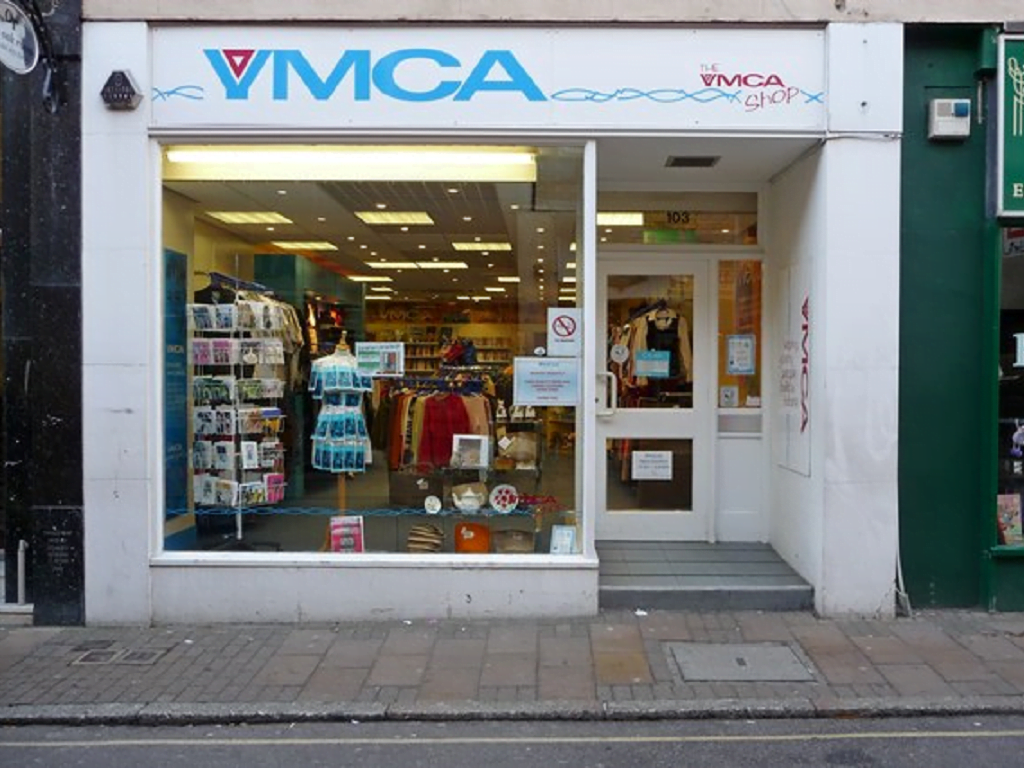


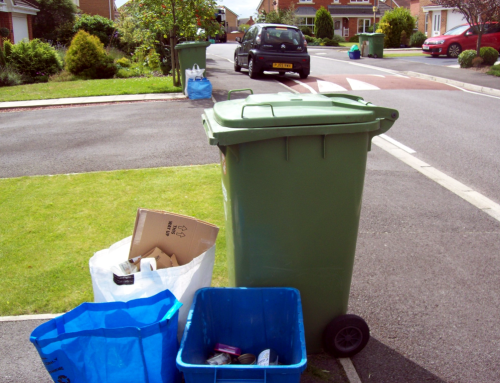
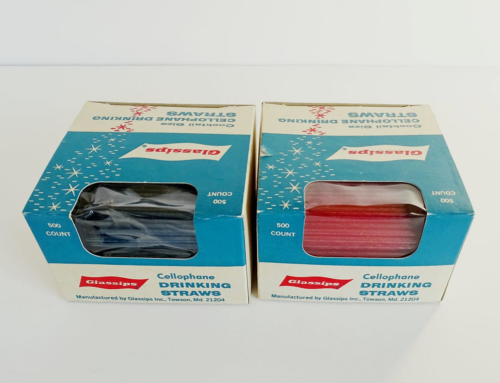
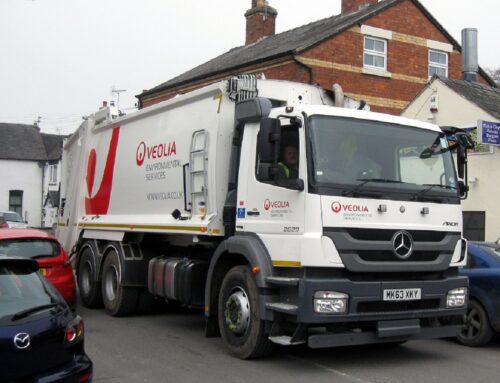
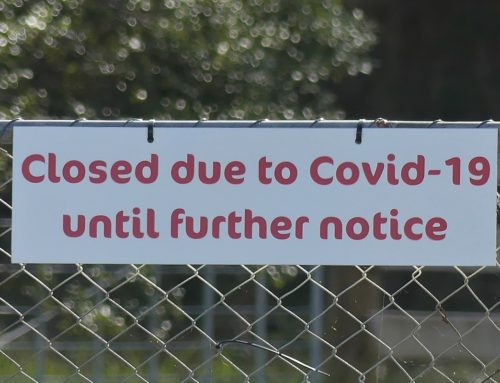
Leave A Comment